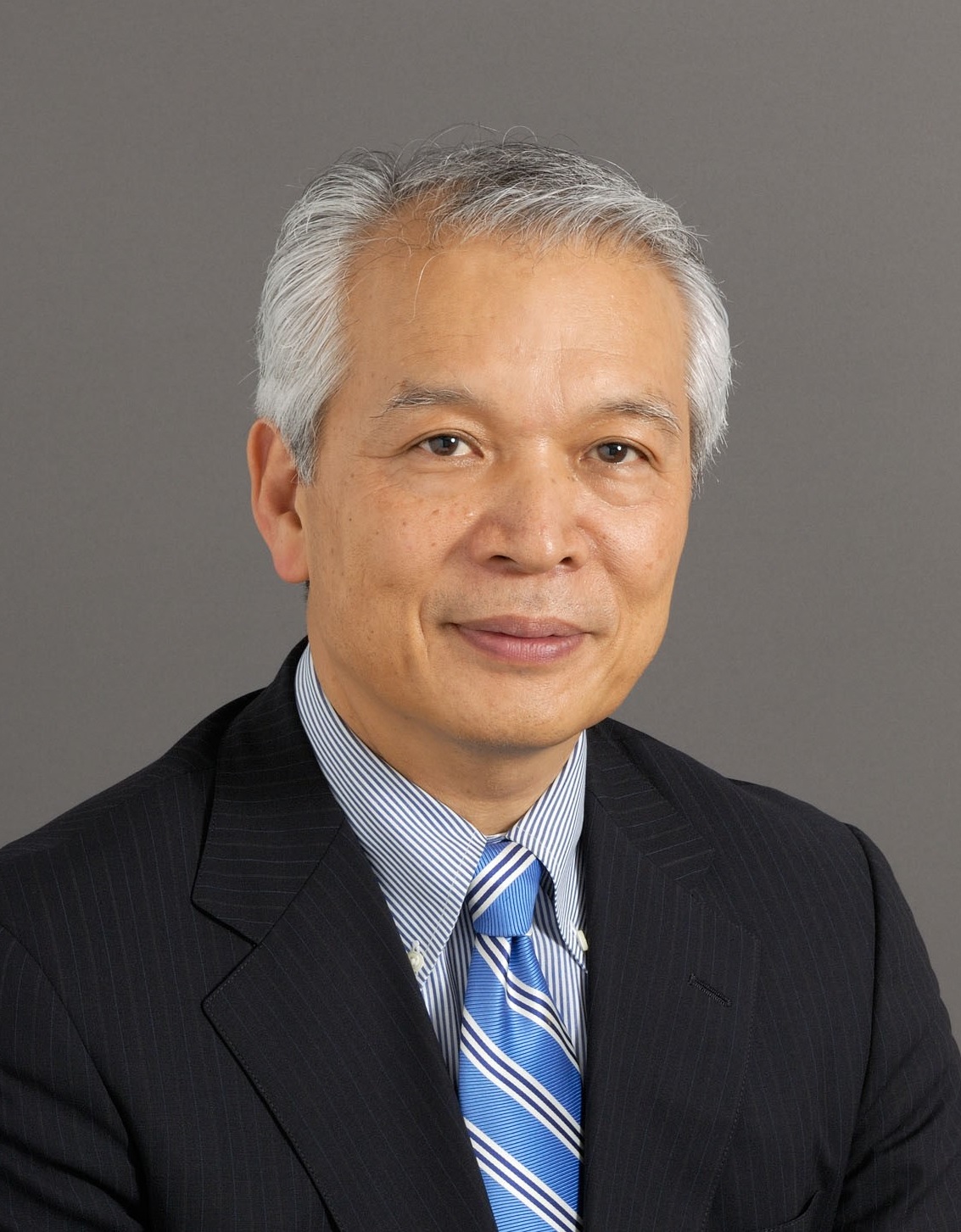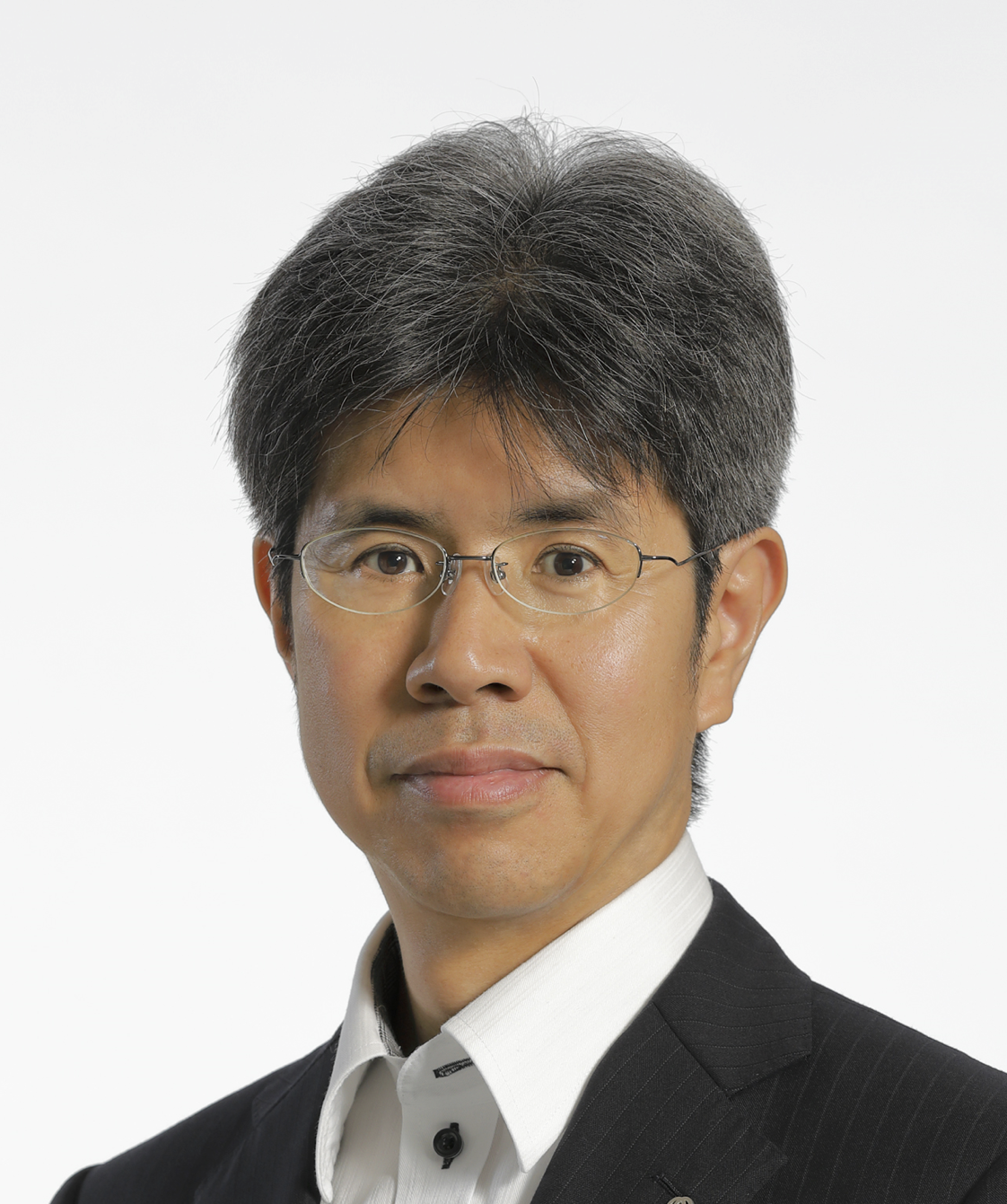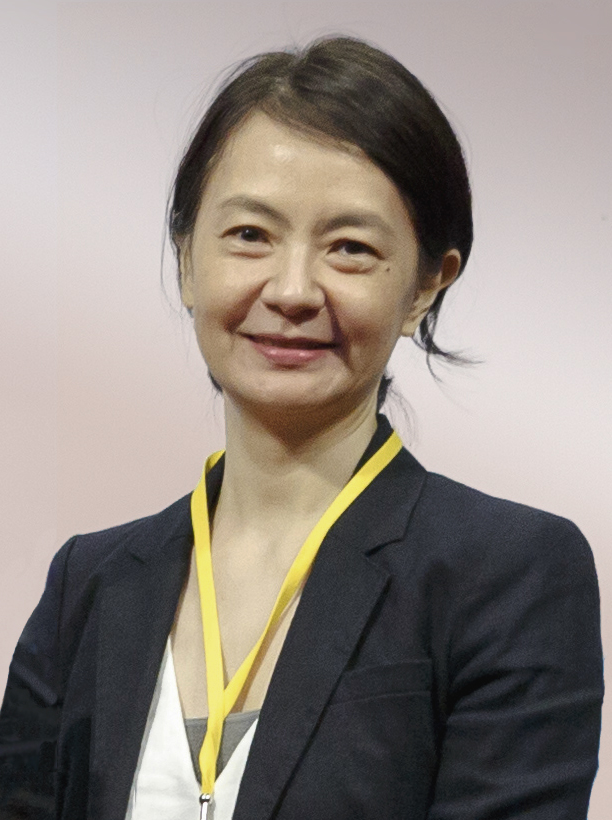Tuesday, June 29, 2021
Keynote #1 – Developing B5G/6G Communication Systems: Opportunities and Challenges
3:00pm – 4:00pm JST
Hideyuki Tokuda, NICT, Japan
Session Chair: Kohei Shiomoto, Tokyo City University, Japan
Description
The 5G mobile communication system has evolved from people’s communication infrastructure to social infrastructure with the evolution of IoT and AI. In the next generation, Beyond 5G/6G (B5G/6G), targeted for around 2030, cyberspace and physical space will be integrated and will play an important role as the reliable social infrastructure of a Super-Smart Society, called Society 5.0.
While 5G provides eMBB (Enhanced Mobile Broadband), URLLC (Ultra Reliable Low Latency Communications), and mMTC (Massive Machine Type Communications) features, B5G/6G may improve these functions at least ten times with Tera-Hertz communications, low power consumption and high-accuracy positioning for supporting next-generation services and businesses. B5G/6G will also cover NTN (Non-Terrestrial Networks) communications such as HAPS (High-altitude platform station) and GEO/LEO Satellites for providing anywhere and anytime connection by offering wide-area coverage and ensuring service availability, continuity, and scalability. In this context, satisfying various user requests and providing the desired Quality of Service (QoS) anytime and anywhere is one of the main challenges for B5G/6G communication systems.
NICT compiled a draft of the research and development plan for B5G/6G, called NICT B5G/6G white paper. We derived the requirements from the needs by backcasting from the future society around 2030, while repeatedly verifying the fundamental technologies by forecasting the seeds. Various use cases of B5G/6G are also created. In this talk, we will introduce the outline of the NICT B5G/6G White Paper and explain use cases of B5G/6G such as Cybernetic Avatar Society, Working at a Moon base, and Beyond space and time. We also discuss NICT’s research and development of fundamental technologies and open B5G/6G testbed for developing B5G/6G infrastructure.
Biography

Hideyuki Tokuda is President of the National Institute of Information and Communications Technology (NICT) and Professor Emeritus of Keio University, Japan. He obtained his B.S. (1975), M.S. (1977) from Keio University and Ph.D. (Computer Science) (1983) from University of Waterloo, Canada, respectively. After he completed Ph.D. in 1983, he joined School of Computer Science, Carnegie Mellon University and worked on distributed real-time operating systems such as Real-Time Mach, the ARTS Kernel. In 1990, he came back to Keio University. His research and teaching interests include Ubiquitous Computing Systems, OS, Sensor Networks, IoT, Cyber-Physical Systems and Smart Cities. He was a Professor of the Faculty of Environment and Information Studies and Executive Vice President of Keio. He was also an advisor to NISC (National center of Incident readiness and Strategy for Cybersecurity).
Because of his research contribution, he was awarded Motorola Foundation Award, IBM Faculty Award, IPSJ Achievement Award, Information Security Cultural Award, MEXT Award in Japan. He is a member of the Science Council of Japan, IPSJ Fellow, JSSST Fellow, and JFES Fellow.
Keynote #2 – Robotron: Top-down network management at scale
11:00pm – 12:00pm JST
Ying Zhang, Facebook, USA
Session Chair: Filip De Turck, Ghent University – imec, Belgium
Description
Network management facilitates a healthy and sustainable network. However, its practice is not well understood outside the network engineering community. In this talk, I will present Robotron, a system for managing a massive production network in a top-down fashion. The system’s goal is to reduce effort and errors on management tasks by minimizing direct human interaction with network devices. Engineers use Robotron to express high-level design intent, which is translated into low-level device configurations and deployed safely. Robotron also monitors devices’ operational state to ensure it does not deviate from the desired state. Since 2008, Robotron has been used to manage tens of thousands of network devices connecting hundreds of thousands of servers globally at Facebook.
Biography

Ying Zhang is a Software Engineering Manager in the Facebook network infrastructure team, where she works on exciting large scale network management problems. Prior to joining Facebook, she was a senior researcher and research manager at Hewlett Packard Labs, where she led the Network System Lab. Before HPE, she was a senior researcher in the Ericsson Research Silicon Valley Lab. She was the first person to discover the ZMW routing attack.
Ying Zhang earned the Ph.D. degree in 2009 in the EECS department from the University of Michigan, USA. She served on the technical program committee of several conferences and workshops, and is a senior member of the IEEE. She have been granted 30+ US/International patents and was reported by Swedish media as a Mobile Network 10 Brightest Researcher, and was awarded an N²Women Rising Star in Networking and Communications award in 2017.
Her research interests include: Networking and systems, including network management, network function virtualization, software-defined networking, cloud, internet and cellular, internet routing and network security
Wednesday, June 30, 2021
Keynote #3 – Innovative Network Beyond 5G : IOWN
3:00pm – 4:00pm JST
Yoshikatsu Okazaki, NTT Network Service Systems Laboratories, Japan
Session Chair: Young-Tak Kim, Yeungnam University, Korea
Description
Beyond the 5G era, the cyber physical system will spread through our whole society. A smart world will support our lives and network will play an important role as a critical social infrastructure. However, network will also be required to transmit and process a huge amount of data generated by smart IoT devices in an open architecture and an environmentally friendly way. Diversity of services and business applications will also require flexibility of network and network system. We need a paradigm shift to a future sustainable communication infrastructure.
NTT has advocated the concept of IONW, Innovative Optical and Wireless Network, to solve these social issues and realize a future smart world. We have jointly established an industry forum “IOWN Global Forum” with partners to accelerate the initiative. We introduce the concept of IOWN and related NTT R&D’s activities and technologies concerning optical networks, network infrastructure softwarization and AI-leveraged autonomous zero-touch network operation technologies.
Biography

Yoshikatsu Okazaki is a Vice President and Head of NTT Network Service Systems Laboratories. He received a B.E. and M.E. in applied physics from the University of Tokyo. Since he joined NTT in 1991, he had been engaged in research and development on telecom network systems and network management systems. Meanwhile, He had worked on network design and planning in NTT WEST Corporation as well. He is currently in charge of managing development of technologies toward future network systems as the general manager, the head of NTT Network Service Systems Laboratories.
Keynote #4 – Transformation of Transport Networks through Softwarization
11:00pm – 12:00pm JST
Luis Miguel Contreras Murillo, Telefonica, Spain
Session Chair: Prosper Chemouil, Cnam, France
Description
Operator’s networks are facing continuous challenges that force a transformation looking for sustainability. The combination of new services, such as 5G, and new technological paradigms, such as network programmability and virtualization, are accelerating operational and design changes as never before. Prospective evolutions, with initiatives around beyond 5G or Network 2030 will be built on that basis, adding complementary capabilities such artificial intelligence, which will leverage on the management and control structures being defined nowadays.
After huge academic and research work on programmability of networks, telco providers are introducing programmatic capabilities into operational networks. This keynote presentation overviews the steps followed by Telefonica in the direction of supporting transformation through softwarization.
Biography

Luis Miguel Contreras Murillo completed a six-year Telecom Engineer degree (M.Sc.) at the Universidad Politécnica of Madrid (1997), and helds an M. Sc. on Telematics from the Universidad Carlos III of Madrid (2010). In 1997 he joined Alcatel Spain taking several positions (R&D, standardization, product development and customer engineering) in both wireless and fixed network fields. In 2006 he joined the Network Planning department of Orange Spain (France Télécom group) taking responsibilities on the IP backbone and Packet Switched Mobile Core (SGSN, GGSN) planning, and being Internet peering technical manager. Between 2002 and 2010 he was also adjunct lecturer at the Telematics department of the Universidad Carlos III. Since August 2011 he is part of Telefónica I+D / Telefónica Global CTO, working on SDN, transport networks and their interaction with cloud and distributed services, and interconnection topics. He is also active in research and innovation activities participating on the EU FP7 projects GEYSERS and XIFI, the EU H2020 projects 5G-Crosshaul, 5GEx, 5G-Transformer, 5G-EVE, and 5GROWTH, the EU-BR project NECOS, the EU-TW project 5G-Dive, the EU-GNSS project ROOT and the ESA funded project CloudSat. He is active contributor to IETF (authoring five RFCs), ETSI NFV, ETSI MEC, ONF, ITU-T and O-RAN.
Thursday, July 1, 2021
Keynote #5 – Edge Intelligence for B5G/6G and IoT
3:00pm – 4:00pm JST
Ai-Chun Pang, National Taiwan University, Taiwan
Session Chair: James Hong, POSTECH, Korea
Description
Driven by the visions of the Internet of Things and 5G communications, recent years have seen a paradigm shift in mobile computing, from the centralized cloud computing toward the concept of computing at the edge. This concept pushes the mobile computing, network control and storage to the network edges, in order to enable computation-intensive and latency-critical applications at the resource-limited mobile devices. In the edge computing platform, mobility of end devices (e.g., vehicles and mobile phones), variety of user applications, and heterogeneous wireless network technologies incur critical challenges to network management and resource allocation. With the recent advance in artificial intelligence (AI), many AI tools, like machine learning, are not only the key enablers of emerging applications but also utilized to solve the problems mentioned above. The promised gains of computing at the edge and AI have motivated extensive efforts in both academia and industry on developing the technologies. This talk will focus on the orchestration between AI and computing at the edge. It considers AI as the application of the edge and a technique to solve the issues of network management and resource allocation of the edge. We will discuss current advancement in network management and resource allocation utilizing AI techniques. After that, we will discuss how the edge can provide AI service to realize emerging IoT applications. Finally, this talk will elaborate further on open research challenges.
Biography

Ai-Chun Pang received the B.S., M.S. and Ph.D. degrees in Computer Science and Information Engineering from National Chiao Tung University, Taiwan, in 1996, 1998 and 2002, respectively. She joined the Department of Computer Science and Information Engineering, National Taiwan University (NTU), Taipei, Taiwan in 2002, and is now a Professor and Associate Dean of the College of Electrical Engineering and Computer Science, NTU. She was the director of Graduate Institute of Networking and Multimedia in 2013-2016. She is also an Adjunct Professor of Graduate Institute of Communication Engineering, NTU, and an Adjunct Research Fellow of Research Center for Information Technology Innovation, Academia Sinica, Taiwan. Her research interests include B5G/6G communications, software defined networking, and fog/edge computing.
Dr. Pang was a recipient of Outstanding Research Award of Ministry of Science and Technology (MOST) in 2019, Outstanding Professor Award of Chinese Institute of Electrical Engineering in 2015, Outstanding Teaching Award at NTU in 2010, Investigative Research Award of Pan Wen Yuan Foundation in 2006, Wu Ta You Memorial Award of MOST in 2007, and CES Innovation Award in 2019. She received the Republic of China Distinguished Women Medal in 2009 and the VTS Women’s Distinguished Career Award in 2020. She is a Fellow of the IEEE.











